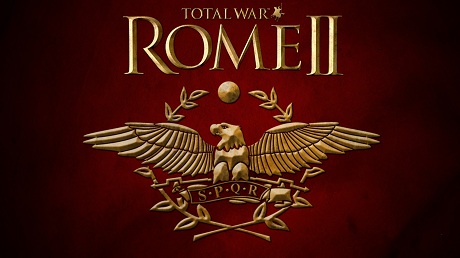Assault Tetreres - Mercenary Etruscan Hoplites
Ramming attacks from these ships inflict terrible damage.Equipped and trained in the Greek fashion, Rome's former masters remain a force to be reckoned with.
There is a good deal of debate as to how large ancient warships worked; the principles are understood, but the details are not always so clear. A Roman 'quadreme' or Greek 'tetreres' would seem to have four rows of oars if the name is translated literally. However, it is unclear how four sets of oars each with one rower apiece could be used without them getting in a terrible tangle even with a magnificently trained crew, or how the top set of rowers would be able to handle the extremely long oars pitched at a steep angle and still produce any power. The chances are that the term 'oar' had become synonymous with 'rower' and that the lowest bank had more than one man per oar. The other option was to go back to a double row of oars, with two men apiece. Two banks of oars would also have made for a cheaper construction task for each ship. Either way, the result was a ship that could rival the lighter trireme in speed, yet had more deck space for a large fighting contingent or artillery pieces.
(Mercenary Etruscan Hoplites)
Etruscan armies, like most ancient Mediterranean forces, were drawn from a citizen body who were otherwise farmers when not at war. Soldiers paid for their own equipment and fought for the individual city-state to which they belonged. Etruscan warriors were heavily influenced by the Greek military style, with wealthier fighters going into battle with bronze breastplates and greaves, Corinthian-style helmets and round shields. Hardened leather armour was also used, which was more flexible, but did not offer the same level of protection. Etruria's early armies probably employed the phalanx style of combat, but as Gauls and other barbarians descended from the Alps and into Italy, Etruscan soldiers adopted a looser way of fighting. Common finds in Etruscan grave sites are bell-shaped bronze helmets, sometimes with cheek-guards, as well as shorter melee weapons, including swords and axes. Ultimately, Etruria's downfall was not due to the quality of its warriors, but rather the refusal of the various Etruscan cities to band together and support each other against the rising threat from Rome.
Unit Name Assault Tetreres - Mercenary Etruscan Hoplites |
Main Unit Key inv_greek_four_mercenary_etruscan_hoplites |
Land Unit Key inv_mercenary_etruscan_hoplites |
Naval Unit Key greek_four |
Soldiers 120 |
Category Medium Ship |
Class Melee Ship |
Custom Battle Cost 700 |
Recruitment Cost 500 |
Upkeep Cost 375 |
Ship Health 825 |
└ Ship greek_four |
Ship Speed 6 |
Melee Attack 20 |
Weapon Damage 26 |
├ Melee Weapon rome_hoplite_spear |
├ Melee Damage Base 20 |
├ Melee Damage Ap 6 |
├ Armour Piercing No |
├ Bonus vs. Large 15 |
├ Bonus vs Elephants 15 |
└ Bonus vs Infantry 0 |
Charge Bonus 5 |
Melee Defence 35 |
├ Base Defence 20 |
├ Shield hoplite |
└ Shield Defence 15 |
Armour 70 |
├ Armour chest |
├ Armour Defence 25 |
└ Shield Armour 45 |
Health 55 |
├ Man Entity rome_infantry_hoplite |
├ Man Health 45 |
└ Bonus Hit Points 10 |
Base Morale 40 |
Abilities
Assault Tetreres- Row Hard 20
Increases speed for 20 strokes.
Ship speed
- Hoplite Wall
The unit moves into close wall formation.
Bracing, melee defence, shield strength
Acceleration, speed
Attributes
- Disciplined
This unit does not suffer a morale penalty when the general dies. It can also rally after routing more often. - Formation Attack
The unit will try to stay in formation when in melee. - Hide (forest)
This unit can hide in forests until enemy units get too close.
Strengths & Weaknesses
Assault Tetreres- Average hull strength
- Medium crew
- Average speed
- Average ramming
- Average boarding
- Very good defensive unit
- Low damage but average armour penetration
- Average attack
- Good morale


 Français
Français Italiano
Italiano Deutsch
Deutsch Español
Español Русский
Русский Čeština
Čeština Polski
Polski Türkçe
Türkçe 简体中文
简体中文 正體中文
正體中文 日本語
日本語
